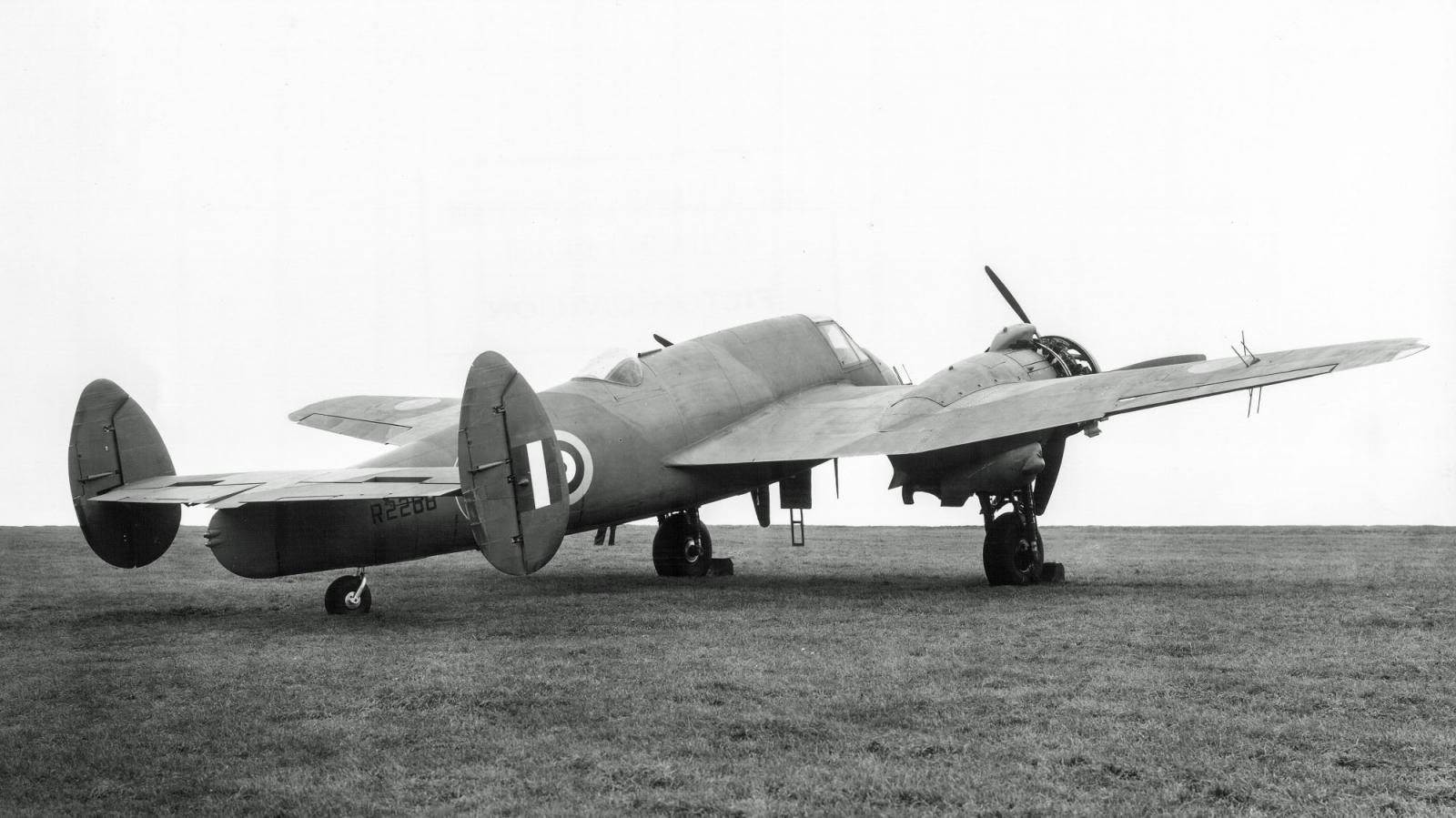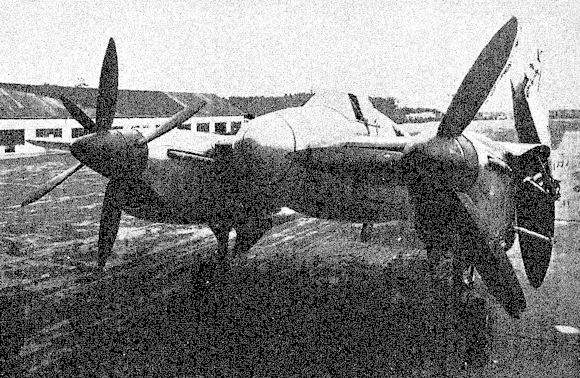Well of course, the S-2 is a tricycle aircraft, the Beaufighter a tail-dragger, so in terms of hangar height, a revised tail will be of no use. You could, of course, turn the props to form a Y from the front and employ some form of depressing oleos to lower the Beaufighter's resting angle. You might just scrape said aircraft into Implacable's hangar but I would describe clearances as marginal. In a seaway? Not for me, thanks. You could also only load a torpedo on the flight deck with the aircraft back at full height.
In terms of tail area, the F7F is pretty similar in terms of weight and that has some pretty prodigious tail surface. Undoubtedly sized for an engine-out condition. That much tail isn't viable on a British carrier (at least until post-war) but yes, I am adamant that more tail area is necessary than a standard Beau, even with your other mods. The Beaufighter is hardly a watchword in harmonized control or stability! A third tail would add unnecessary drag and structural weight. An enlargement of the twin-tail depicted above would suffice - I'll leave it to you as to whether you want to retain an elliptical form or change to triangular, square etc.
If the RN adopts a doctrine of twin-engine torpedo aircraft and sizes the carriers to fit, that removes a lot of referential framework. It makes any meaningful comparisons and extrapolations difficult. It's a pretty fundamental doctrinal shift. What prompted it? Why is such high speed for torpedo bombers decided to be necessary in, what, 1937? Earlier?
Higher transit speeds? Ship speeds are pretty immutable. They certainly can't outpace an aircraft. It seems an awful lot of expense and effort, at a financially constricted time for a
slightly more prompt strike capability. Higher attack speeds? I'm not sure AAA fielded circa 1937 would justify it. Also, the Mark XI torpedo was limited to a drop speed of 150kts. The Mark XII improved on this "later" although I'm not entirely sure when "later" is. The document linked below implies a limit of 180mph until the introduction of the Mark XV. It seems likely then, that these high-speed Torp-Blenheims would have to slow to drop, rather negating the point. A hardened torpedo could of course be brought forward but as far as Illustrious's decision gate?




